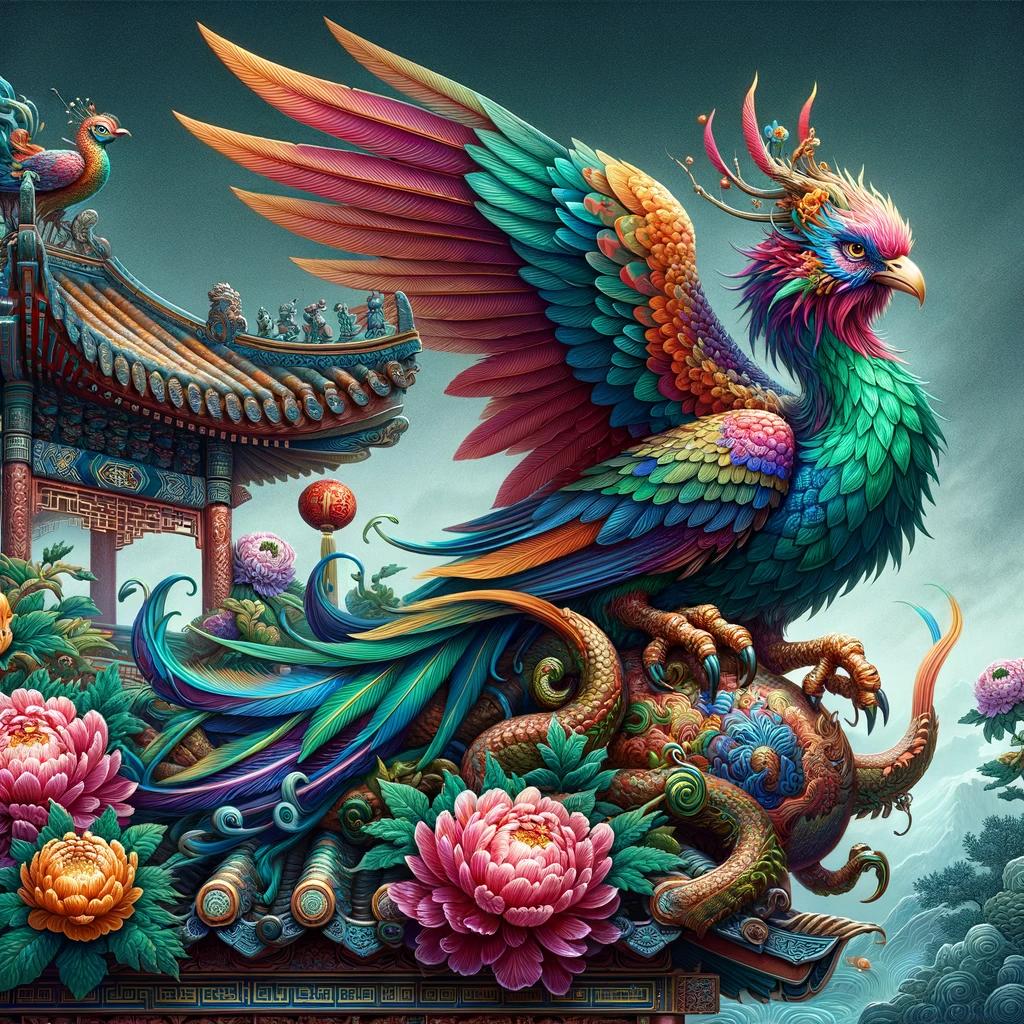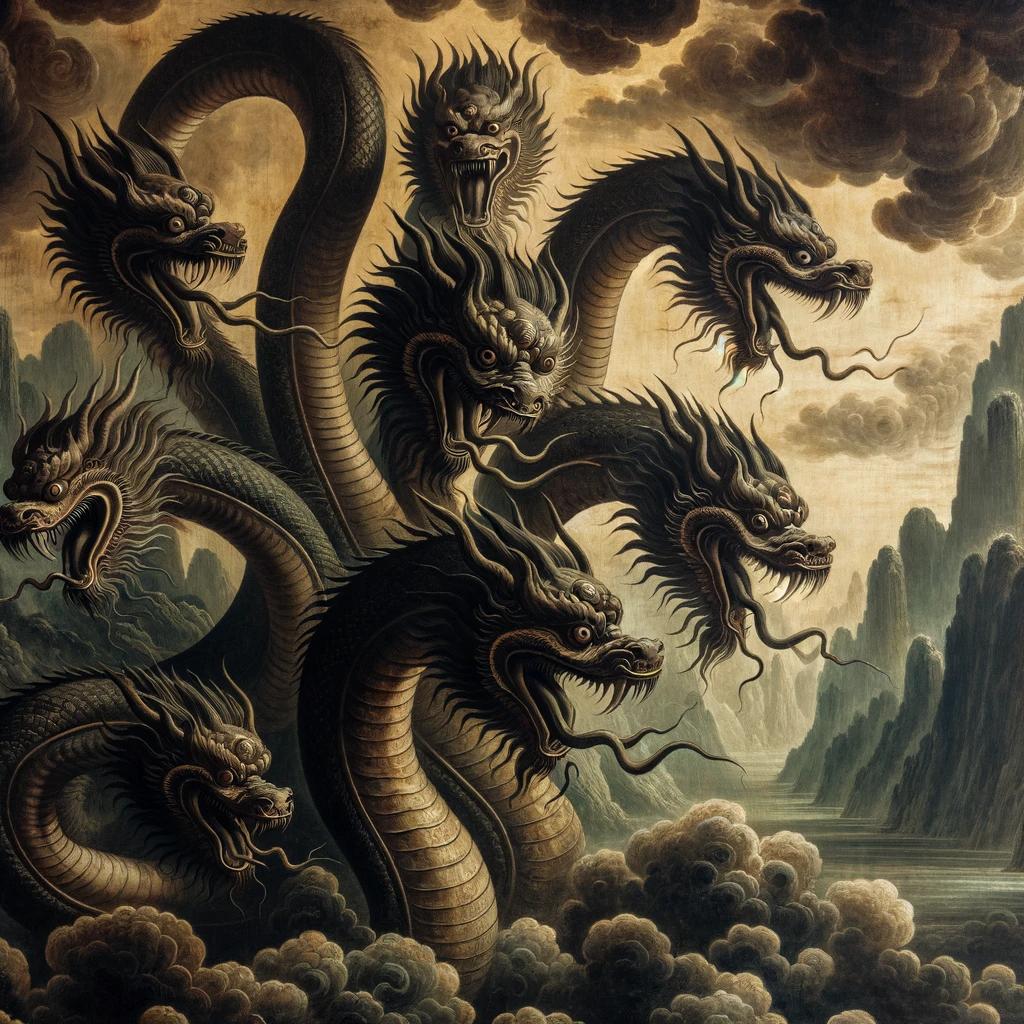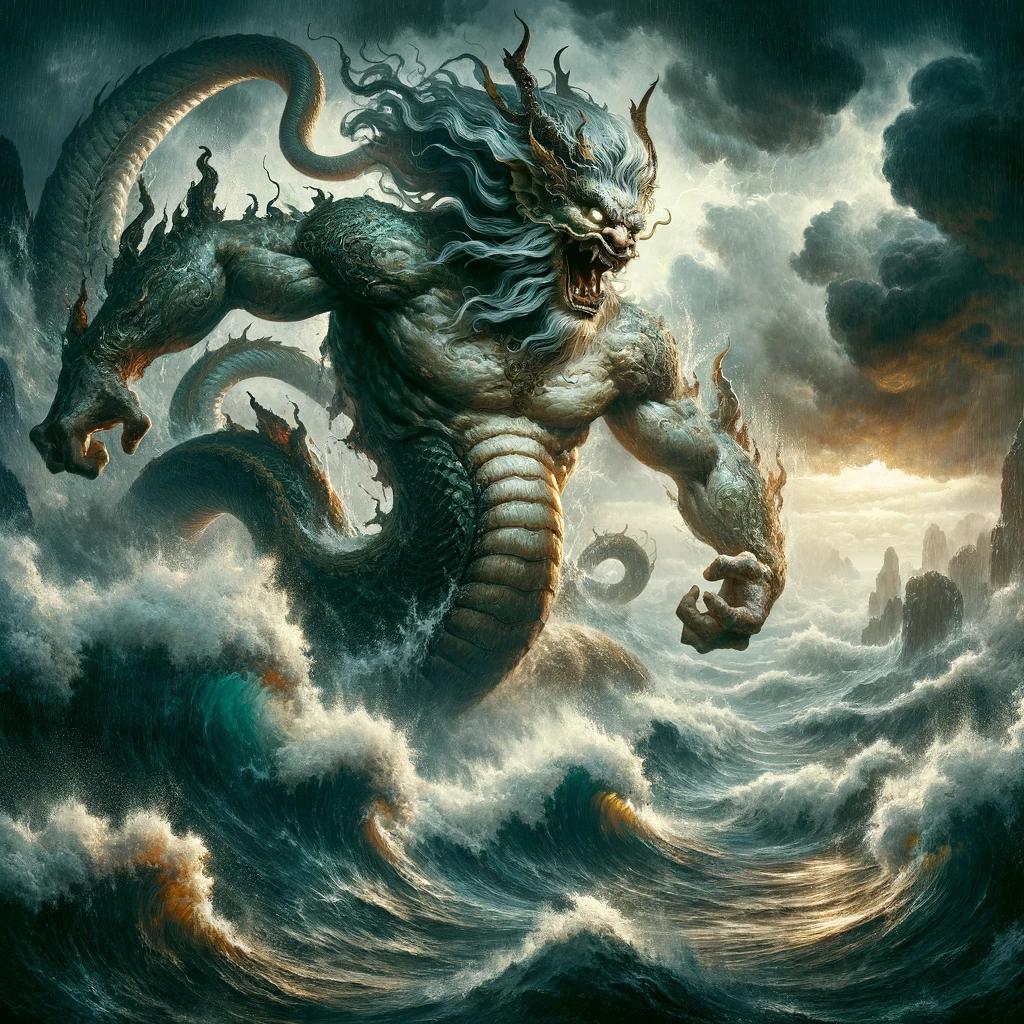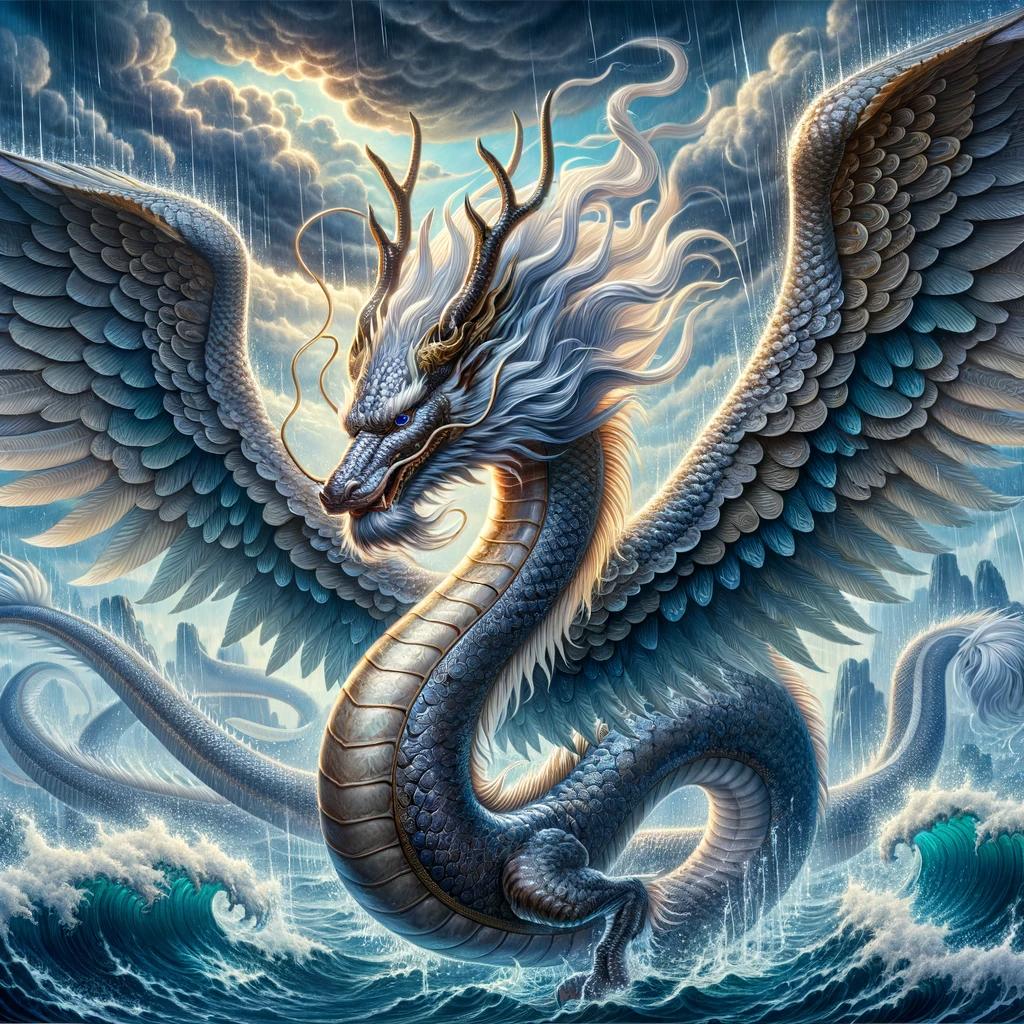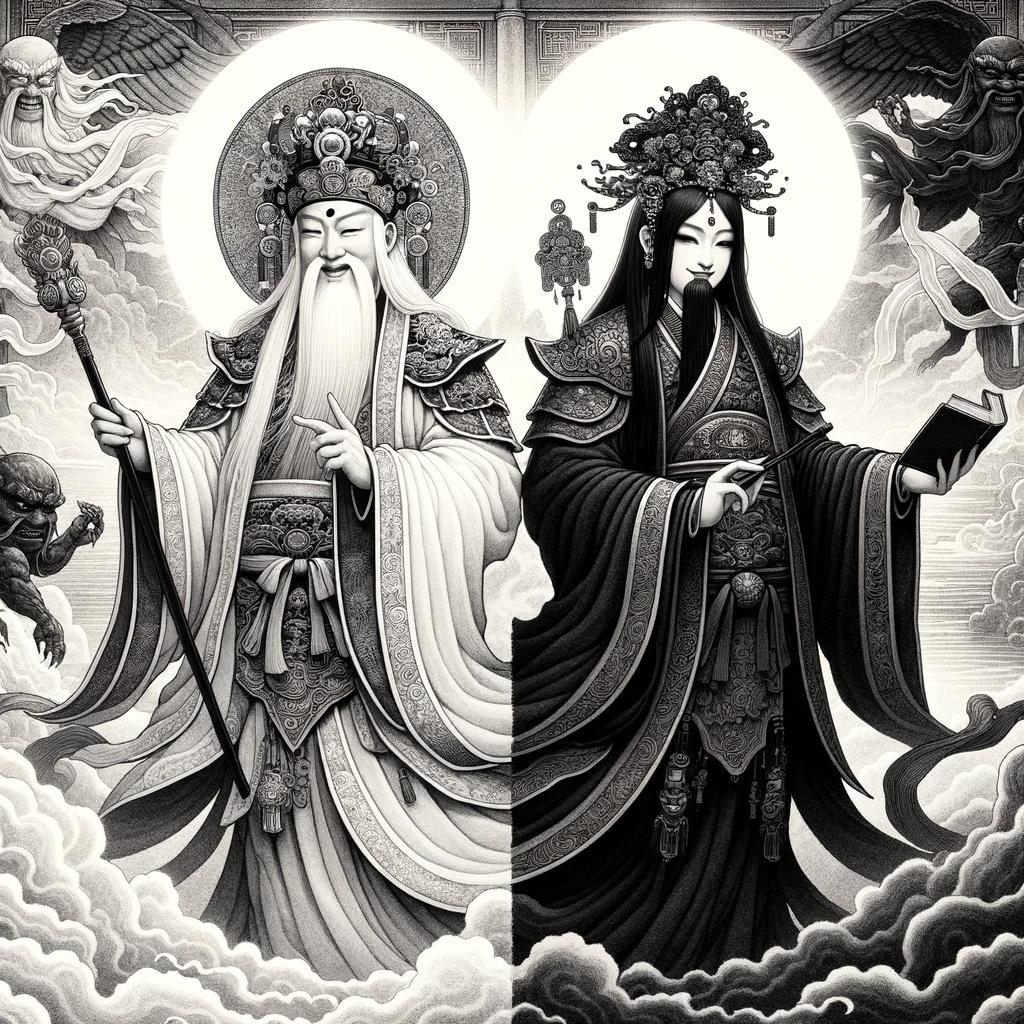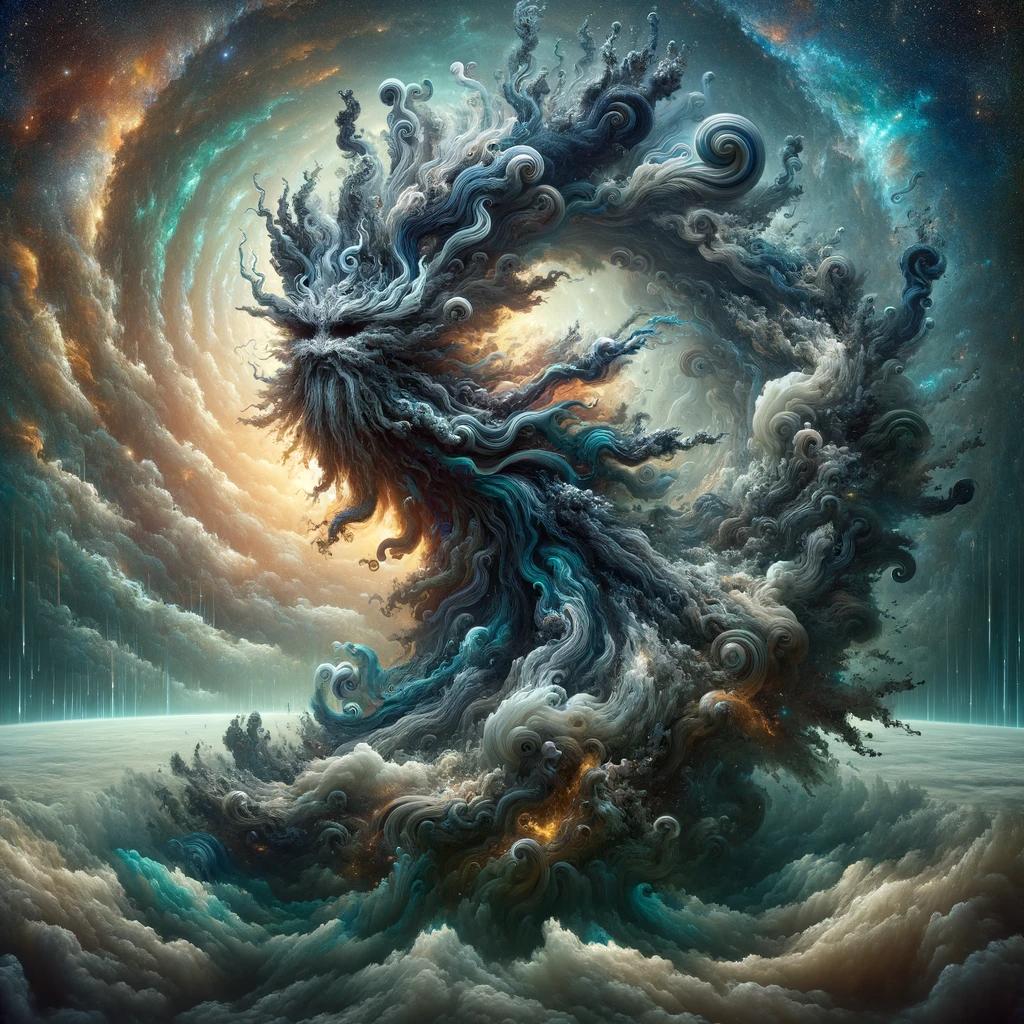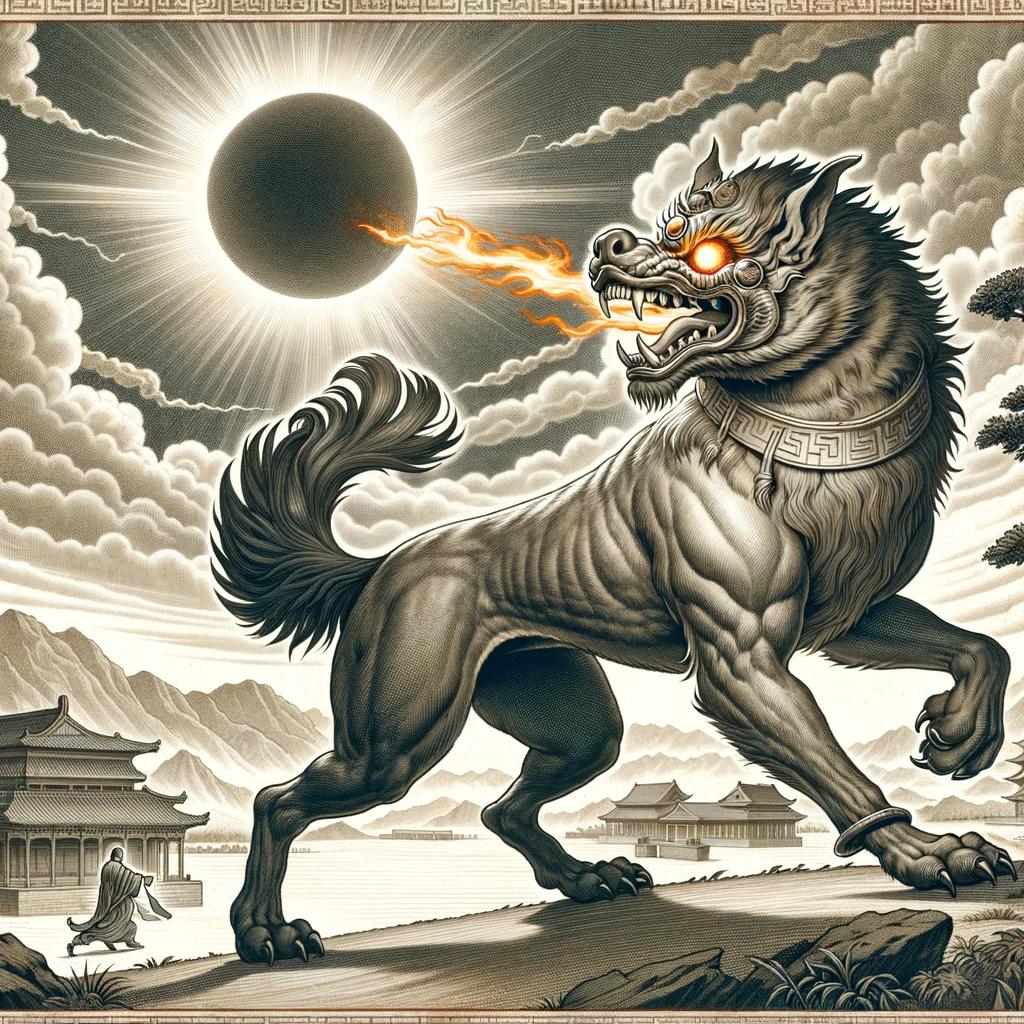The Vermilion Bird in Chinese Mythology
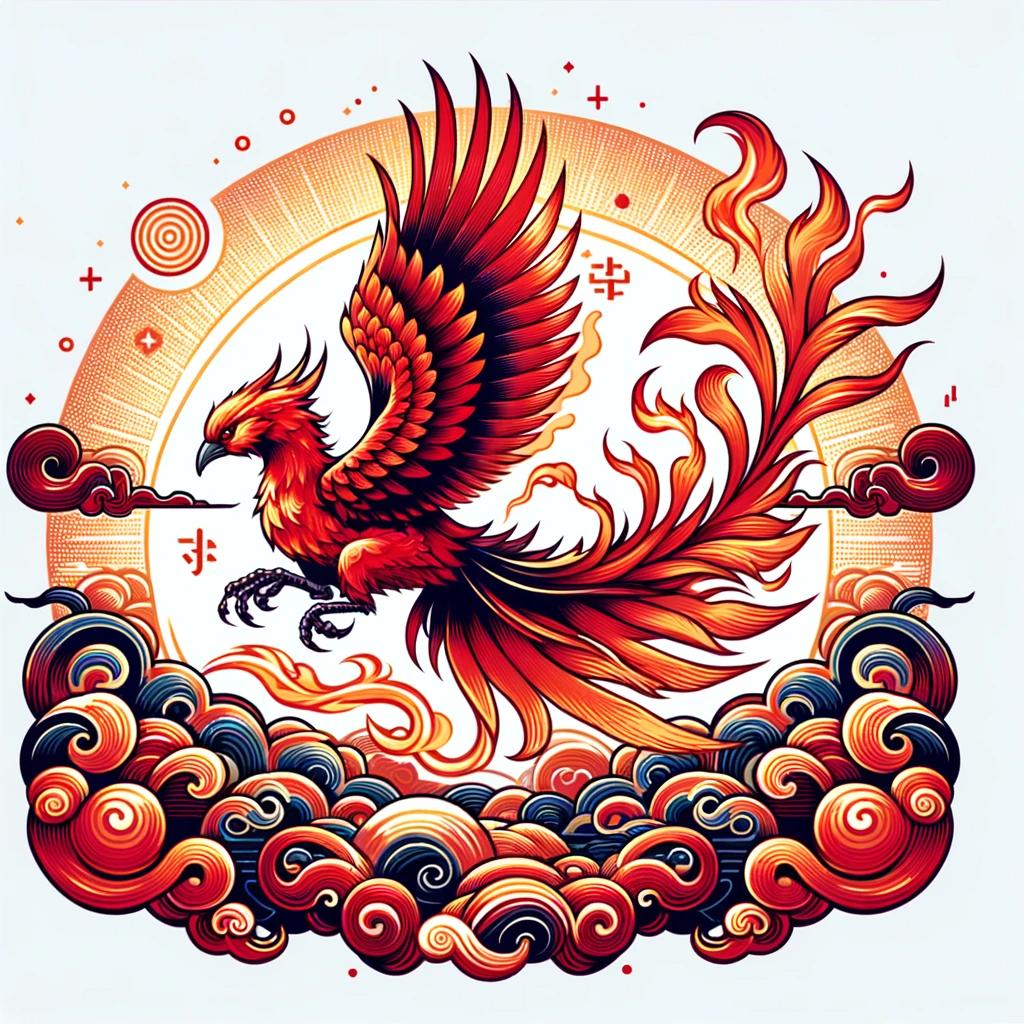
Zhuque Chinese Mythology is a fascinating aspect of ancient Chinese culture. It revolves around four mythological symbols representing the world in different directions: the Azure Dragon, Vermilion Bird, White Tiger, and Black Tortoise.
These creatures hold significant importance and have their associations with seasons, elements, and characteristics. The Vermilion Bird, also known as Zhuque, is a god of the south and embodies fiery attributes and rebirth, while the White Tiger symbolizes strength and protection in the west.
The Black Tortoise represents longevity and water in the north. Exploring Zhuque Chinese Mythology provides insights into Chinese art, history, and symbolism.
Overview of Zhuque Chinese Mythology
Introduction to Zhuque and its Importance in Chinese Mythology
Zhuque Chinese Mythology encompasses a rich tapestry of ancient Chinese legends and folklore. Within this realm, Zhuque holds significant prominence as a mythical creature associated with various symbolic meanings and representations.
This section delves into the captivating introduction of Zhuque and its vital role within Chinese mythology.
The Four Mythological Symbols and their Significance
At the heart of Zhuque Chinese Mythology lie the Four Mythological Symbols: Azure Dragon, Vermilion Bird, White Tiger, and Black Tortoise. Each of these creatures carries deep symbolic significance, representing different cardinal directions, elemental associations, and unique attributes.
This subsection explores the profound meanings and importance attributed to each of these symbols.
Integration of Zhuque in the Five Elements System
The Five Elements System, a fundamental concept in Chinese philosophy and mythology, provides a framework for understanding the world. Zhuque finds its place within this system, with the Vermilion Bird symbolizing Fire.
This subsection examines the intricate integration of Zhuque into the Five Elements System, shedding light on its elemental associations and the larger cosmic order.
The Supremacy of the Azure Dragon in Chinese Culture
Within Zhuque Chinese Mythology, the Azure Dragon holds a position of utmost reverence and sacredness.
It has been hailed as a powerful and divine creature, earning it a supreme status in Chinese culture. Delve into the realm of the Azure Dragon, exploring the historical and cultural significance it carries, along with the notable instances where rulers have adopted its symbol to establish their authority.
The Vermilion Bird: Mythical Representations and Symbolism
It is associated with power, passion, and warmth, symbolizing the intense energy of the southern region.
Rebirth and Immortality: Zhuque as the Phoenix-like Bird
The image of Zhuque as a phoenix-like bird represents concepts of rebirth and immortality. Just like the legendary phoenix, Zhuque is believed to rise from the ashes, with the ability to renew and rejuvenate itself.
Connection of Zhuque with Chinese Constellations and Mythology
Zhuque’s significance extends beyond its representation in Chinese mythology. It is intricately connected with the Chinese constellations, often associated with specific stars and their celestial movements. Its presence in ancient celestial maps and astrological beliefs showcases its prominence in Chinese cosmology.
Symbolizing Power and Fervor: Vermilion Bird in Chinese History
The Vermilion Bird, with its fiery nature, symbolizes power, fervor, and prosperity. Throughout Chinese history, it has been closely associated with influential figures, dynasties, and even emperors, reflecting their authority and reign.
Zhuque’s Associations with Color, Spirit, and Mythological Beasts
Zhuque, in addition to its role as the god of the south, is often associated with specific colors, such as red and vermilion, representing passion and vitality. It is also connected with various mythical beasts in Chinese folklore, further enriching its symbolic significance.
The White Tiger: Guardian of the West and Symbol of Strength
In Chinese mythology, it is believed that the White Tiger guards the entrance of heaven, ensuring harmony and warding off evil spirits.
Depiction of the White Tiger as a Sacred Beast and Military Symbol
The White Tiger is often depicted as a majestic and fierce creature, embodying authority and valor.
Ancient military leaders and emperors would often use the emblem of the White Tiger to instill courage in their troops and project a powerful image.
Symbolism of Courage and Protection in Chinese Culture
The White Tiger holds deep symbolic meaning in Chinese culture, representing courage, protection, and overcoming obstacles.
It is associated with traits such as bravery, assertiveness, and the ability to conquer challenges. The White Tiger’s presence is believed to bring luck and ward off negative energy, making it a cherished symbol in Chinese customs and rituals.
White Tiger’s Associations with Chinese Constellations and History
In Chinese astronomy, the White Tiger is associated with several constellations, such as Bai Hu in the Chinese zodiac system. It is also linked to the seven mansions of the west in Chinese astrology, representing the autumn season.
Throughout history, the White Tiger has been referenced in ancient texts, poems, and artwork, capturing its enduring significance in Chinese history and cultural heritage.
The Black Tortoise: God of the North and Representation of Longevity
The Black Tortoise holds significant symbolism in Chinese mythology and cosmology.
As a god of the north, this sacred creature is associated with longevity, wisdom, and protection. Let’s explore the various aspects related to the Black Tortoise in Chinese culture.
Significance of the Tortoise in Chinese Mythology and Cosmology
In Chinese mythology, the Black Tortoise is considered one of the Four Symbols, representing the north and winter.
It is believed to possess a powerful energy that safeguards and balances the cosmic forces. The Tortoise’s ability to live for an exceptionally long time gives it a special status associated with immortality and endurance.
Depictions of the Black Tortoise in Art, Architecture, and Folklore
The Black Tortoise has been depicted in various forms of art, including sculptures, paintings, and architectural elements. Its image often appears in ancient temples, protecting the sacred space and symbolizing strength and stability.
In folklore, the Tortoise is celebrated for its wisdom and is often portrayed as a mythical creature adorned with intricate patterns.
Associations with Water, Longevity, and Wisdom
Water is closely connected to the Black Tortoise, as it represents the element associated with the north. The Tortoise’s affinity with water highlights its role in promoting nourishment, adaptability, and resilience.
It is also linked to the concept of longevity due to its ability to survive for extended periods, embodying wisdom garnered over time.
Connection of the Tortoise with Chinese Constellations and Mythology
The Black Tortoise is associated with important Chinese constellations, such as the Northern Dipper and the Twenty-Eight Mansions.
Its celestial counterparts further emphasize its cosmic significance and its role in guiding and protecting celestial bodies in the night sky. These connections enhance the Tortoise’s mystique and spiritual importance.
The Black Tortoise represents an integral part of Zhuque Chinese Mythology, embodying longevity, wisdom, and protection.
Its depictions in various art forms and its associations with water and constellations only add to its cultural significance. Exploring the Black Tortoise’s symbolism uncovers a deeper understanding of Chinese mythology and its rich narrative tapestry.
Exploring Zhuque Chinese Mythology in Art and Culture
Delve into the captivating realm of Zhuque Chinese Mythology through its artistic representations and cultural significance. This section explores various aspects of how Zhuque has been depicted in ancient Chinese artifacts, paintings, sculptures, and ceramics.
Artistic Representations of Zhuque in Ancient Chinese Artifacts
- Explore the intricate details of ancient Chinese artifacts that beautifully depict Zhuque’s mythical presence.
- Discover the symbolism and artistic techniques employed to portray Zhuque’s distinctive characteristics.
- Gain insights into the historical context and cultural influences behind these artistic representations.
Depictions of Zhuque in Paintings, Sculptures, and Ceramics
- Uncover the diverse forms of Zhuque’s portrayal in Chinese paintings, capturing its beauty and mythical essence.
- Marvel at the skillful craftsmanship exemplified in sculptures and ceramics that bring Zhuque to life.
- Appreciate the varying artistic styles and interpretations that have evolved throughout different periods of Chinese history.
Symbolic Value and Significance of Zhuque in Chinese Culture
- Understand the symbolic meanings associated with Zhuque and its representation in Chinese culture.
- Explore the broader spiritual and cultural contexts in which Zhuque holds profound significance.
- Discover the role of Zhuque as a symbol of good fortune, prosperity, and spiritual enlightenment.
Influence of Zhuque Chinese Mythology in Modern Art and Design
- Witness the enduring impact of Zhuque Chinese Mythology on contemporary art and design trends.
- Explore how artists and designers incorporate Zhuque’s imagery and symbolism into their works.
- Discover the fusion of traditional and modern artistic expressions inspired by Zhuque.
Zhuque Chinese Mythology Popularity and References
Zhuque in Popular Culture, Literature, and Film
Zhuque, the mythical Vermilion Bird, has made its way into various forms of popular culture, literature, and film.
This legendary creature has captured the imagination of many and has been featured in books, movies, and TV shows. Its vibrant symbolism and association with fire and rebirth have made it a popular subject for storytelling and artistic interpretation.
From epic fantasy novels to animated films, Zhuque’s presence continues to captivate audiences and leave a lasting impression in popular culture.
Online Resources and References about Zhuque Chinese Mythology
In this digital age, there are numerous online resources available for those seeking to broaden their knowledge of Zhuque Chinese Mythology. Websites, blogs, and forums dedicated to Chinese mythology provide comprehensive information on Zhuque and its significance in Chinese culture.
Online libraries offer access to ancient texts and scholarly articles exploring the history, symbolism, and cultural impact of Zhuque. These resources serve as valuable references for researchers, enthusiasts, and anyone interested in delving deeper into the world of Zhuque Chinese Mythology.
The Evolution and Perceptions of Zhuque in Contemporary Society
Zhuque’s status and perception in contemporary society have undergone significant changes over time. While deeply rooted in ancient Chinese mythology, the Vermilion Bird has evolved to become a symbol of beauty, strength, and resilience in modern contexts.
Its vibrant imagery and association with fire and rebirth resonate with individuals seeking inspiration and hope. Zhuque is often celebrated as a representation of overcoming adversity and embracing transformation, making it a beloved and relevant figure in contemporary society.
Mythological Versus Historical Interpretations of Zhuque
The interpretation of Zhuque Chinese Mythology can vary between mythological and historical perspectives. Mythological interpretations explore the symbolism, legends, and cultural significance surrounding Zhuque. These interpretations focus on the creature’s connections with ancient Chinese belief systems, deities, and cosmology.
On the other hand, historical interpretations analyze Zhuque within the broader context of Chinese history, art, and societal development. These perspectives shed light on how Zhuque’s symbolism and representation have evolved over time, reflecting societal changes and cultural shifts.
.












